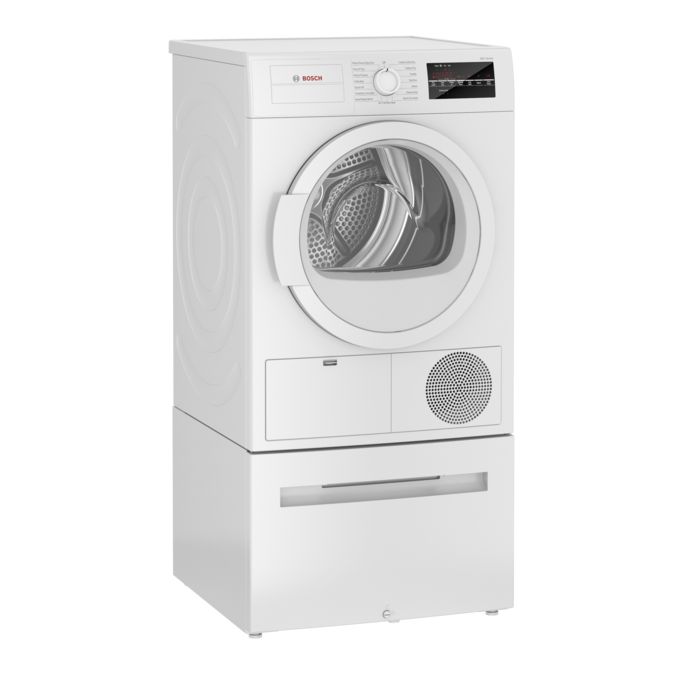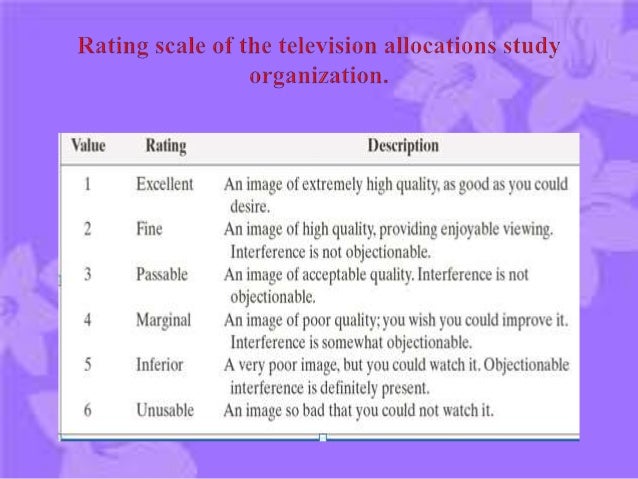

The Huffman code is a typical example of the symbol encoder.

This block creates a variable length code to represent the output of the quantizer. The final block of the source encoder is that of a symbol encoder. Hence in case of lossless compression, the quantizer block is eliminated. The quantizer block uses JPEG compression which means a lossy compression. It compresses teh data by eliminating some information and hence is an irreversible operation. The quantizer block reduces the psychovisual redundancies. The output of a mapper is passed through a Quantizer block.

The mapping stage is a lossless technique and hence is an reversible operation. The mapper reduces the interpixel redundancies. The input image is passed through a mapper. The problem solved by runlength coding, Huffman encoding and I.G.S coding are examples of source encoders and decoders. The job of the source decoders is to get back the original signal. Run length coding is used to eliminate or reduce interpixel redundancies Huffman encoding is used to eliminate or reduce coding redundancies while I.G.S is used to eliminate interpixel redundancies. The three basic types of the redundancies in an image are interpixel, coding redundancies and psychovisual redundancies. Hence if the channel between the encoder and the decoder is noise free, the channel encoder and the channel decoder are omitted. The function of the channel decoder is to ensure that the system is immune to noise. The decoder consists of a channel decoder and a source decoder. The source encoder removes the input redundancies while the channel encoder increases the noise immunity of the source encoders. The encoder is made up of a Source encoder and a Channel encoder. The encoder and the decoder are made up of two blocks each.
#Models of image compress free
If the system is an error free one f(x,y) will be a replica of f(x,y). The decoder receives this transmitted signal and reconstructs the output image f(x,y). The image f(x,y) is fed to the encoder which encodes the image so as to make it suitable for transmission. Atypical image compression system comprises of two main blocks An Encoder (Compressor) and Decoder (Decompressor).


 0 kommentar(er)
0 kommentar(er)
